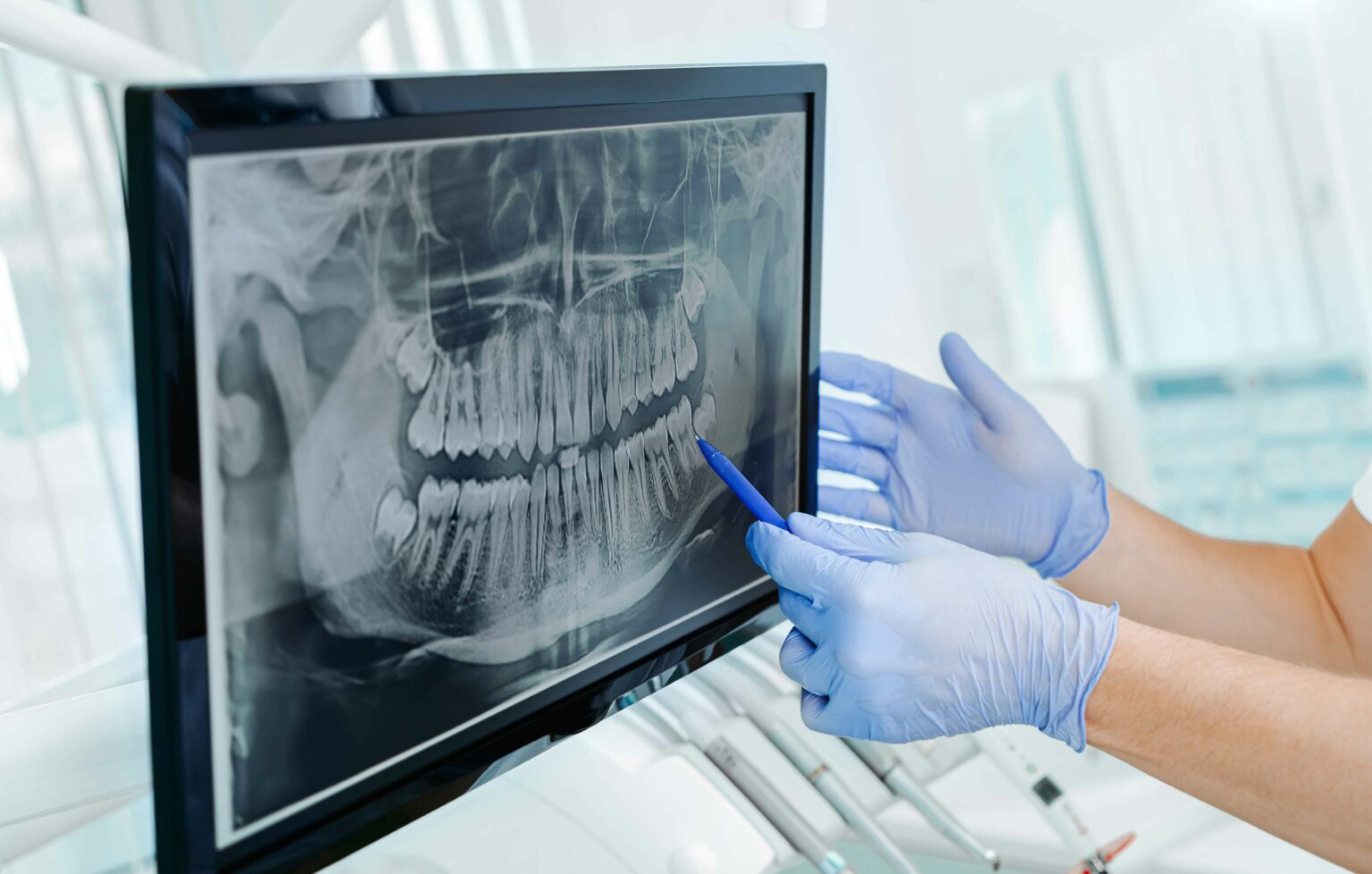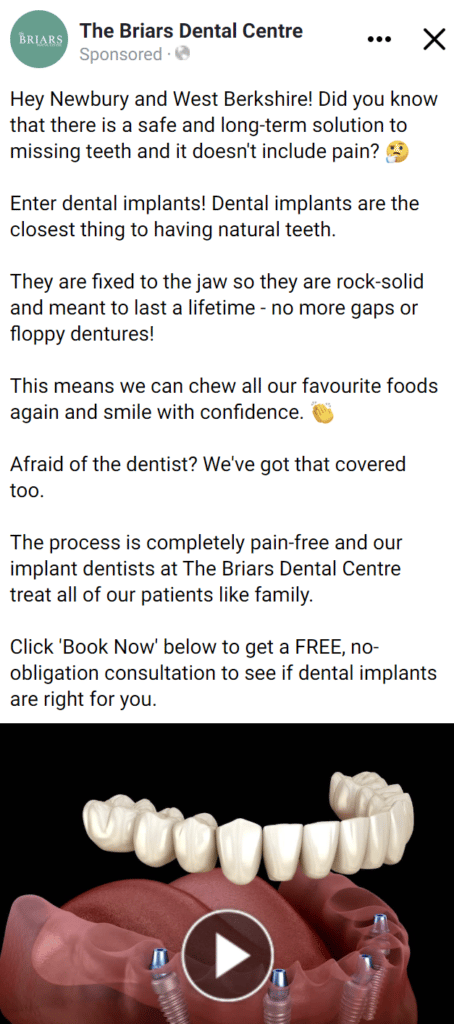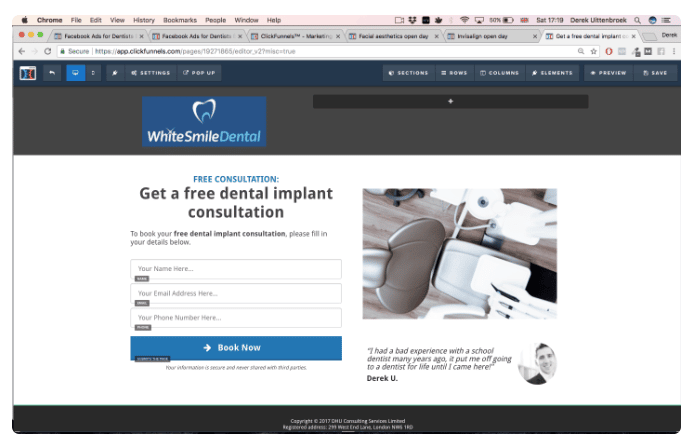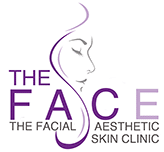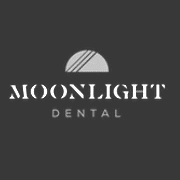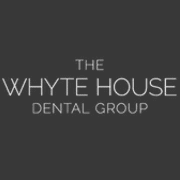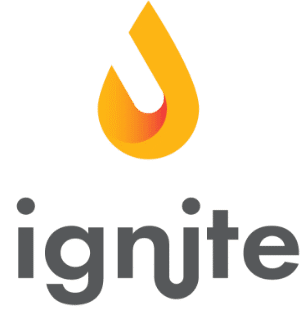How to attract a full arch dental implant case
There is no doubt that referrals are one of the best sources of new patients. The patients are qualified, they have been educated, they are engaged, and the referring clinician has largely handled their objections.
The second is word of mouth. A daughter refers her father, a friend or a colleague. Again, the prospect is ‘primed‘ by an independent recommendation from a trusted person.
It’s a well-known fact that people are 90% more likely to buy a product or service if it’s been recommended by a friend.
But… these two factors aren’t necessarily in your direct control. Yes, you can provide high-quality care and ask for recommendations. Yes, you can follow up with referring practices.
But that takes time to build, nurture and grow. It’s difficult to influence and see immediate results.
So then… where does that leave you? If you want to do more implant cases and grow your practice?
Waiting around for others to recommend you or refer patients to you isn’t a scalable option. Why would you put the fate of your practice’s top line in someone else’s hands?
That’s where Facebook ads come in. I’m sure you’ve heard it all before… you’ve probably even been offered a “free trial in exchange for a testimonial”.
But this case study is really worth getting your head around.
Facebook Ads for your clinic
Okay… but I thought only young people use Facebook?
This is quite a common misconception.
Almost 2 billion people use Facebook on a daily basis.
And you might be surprised to hear that some 72% of people between the ages of 50-64 are active on Facebook.
You might be even more surprised to hear that a staggering 62% of internet users above the age of 65 are active on Facebook. And as it happens, Facebook’s fastest-growing age demographic is people above the age of 55.
As it turns out, Facebook is one of the most valuable platforms for marketing to an older demographic.
So, the people you’re after are not only active on Facebook, they are also amongst the most engaged!
Great! So, how do I target these people?
Facebook ads targeting – how to target the right audience
Facebook allows you to target people based on several factors – like demographics, interests, and behaviours.
For example, you could target anyone in your area interested in ‘teeth whitening’. You could also target all females between 20-40 interested in ‘skin care’. Or even all males over 35 that have visited your website in the last month (including specific pages on your website!).
For dental implants, however, I usually recommend keeping the targeting quite simple and broad. This is because it’s not always straightforward to identify a dental implant case by ‘interest’ or ‘behaviour’.
So, I usually recommend setting a radius around your practice of, say 3-5 miles (depending on how densely populated the area is) and targeting all males and females over the age of 35 or 40.
But then, isn’t that too broad? No, not really – let me explain. Facebook offers targeting through its advertising tool, but that’s not the only type of targeting you can do on Facebook.
The other way to target people, or narrow down to focus on a specific audience, is through ad copy. That’s right… by using specific words in our ads!
If your ad mentions ‘missing or cracked teeth’, and that ad is shown to someone who doesn’t have missing or cracked teeth, they won’t be interested. They won’t click, and Facebook will move on and show the ad to someone else.
That next person may have a missing tooth. Therefore, the ad will automatically capture their attention because it’s relevant to them, and it will resonate with them – especially if the missing tooth is something that’s been bothering them.
That makes total sense, so what do I write in my ad?
How to write copy for Facebook ads
With implants, because the treatment is not a “one size fits all”, it’s absolutely vital that you focus on the pain points and downsides of missing teeth.
This includes things such as gaps in the patient’s smile, trouble eating, lack of confidence, jaw changing shape, impaired speech etc. You’ll know all this stuff much better than me!
You could also focus on the drawbacks of dentures – having to take them out, clean them, the pains of ill-fitting dentures, the sores in the mouth, wobbly dentures etc.
It’s important to resist talking about yourself and your practice. Even if you have a Masters in Implantology, more acronyms than Stephen Hawkin or the best CBCT scanner in the world… don’t talk about those things.
Why? Because prospective patients don’t care about that sort of thing. They don’t care about where you went to university or how many awards you have – they care about what you can help them achieve.
You know, things like “eat your favourite foods again”, “smile with confidence”, “prevent your jawbone from changing shape”, “look great in your daughter’s wedding photos”…
Here is a typical ad that we will write for the dental practices that work with Ignite.
Always focus on the free consult rather than the treatment. Unlike Google, patients on Facebook aren’t yet ready for the price – so stay away from it unless you want to compete on price (and most practices I know don’t).
What happens when they click on the ad?
So, what happens next? Once we have caught the prospective patient’s attention and they’ve clicked on the ad, we send them to a dedicated landing page.
A landing page is like a mini website – it’s just a simple, one-page website that expands on what we covered in the ad. We reiterate the key points, show the prospect a couple of reviews about the practice and invite them to book a free consultation.
Here is a landing page template that I like to use:
A lot of people wonder why I recommend using landing pages, especially when many dental practices spend a lot of money on creating beautiful websites.
The reason is simple. Most websites are terrible at converting. What I mean by that is that only 2-3% of website visitors will actually click the ‘book a consultation’ button or fill in a ‘contact us’ form.
Why? Because most dental practice websites look a little bit like this:
Whilst this is a beautiful website, what’s going to happen when a prospective patient clicks on the ad and lands on this website?
You’ll lose their attention. They were interested in dental implants, but now they are overwhelmed by all of the other stuff you are offering, and they will click away.
You need to do everything in your power to keep their attention!
It’s also difficult to track the success of your Facebook advertising campaign if you send the clicks to your website. How will you know whether a lead came from the Facebook campaign or whether it came from Google? What if they ring you?
For the same reason, I always recommend that you don’t put your phone numbers or email addresses within the ad or on the landing pages. We want to funnel the prospect down a very simple, clear and defined path to maximise click-throughs and conversions.
What happens after they’ve given us their details?
As dental implants aren’t necessarily cosmetically-motivated, the “buying cycle” tends to be a lot longer than, say, Invisalign or whitening. At the end of the day, it’s a surgical procedure, and patients take longer to decide whether they want to proceed with treatment or not.
For that reason, I often like to qualify the leads so that the practice understands what stage they are in – are they ready to get treatment, have they just started thinking about it or do they just need more information?
This allows the practice to tailor the follow-up process, qualify the leads before they are booked in for appointments, and start taking up clinical time.
We do this by asking them to fill in a brief survey that gives us some really useful insights:
We also like to ask them whether or not they are interested in financing. At this point, we give a little bit of an insight as to the price point, they are looking at (per implant) to qualify them.
The financing question is an interesting one because it allows the practice to prioritise those who don’t require financing. If they are a hot lead and there is no risk of them failing their credit check – then it’s worth getting them in as soon as possible!
We’ve all been there… the perfect case has walked in, the consultation went incredibly well, you built up a great rapport, and the patient is ready to go ahead… only to be refused financing!
What kind of results can you typically expect with this approach?
It can vary by area and by practice. Still, each implant lead usually costs in the region of £8-£12 in Facebook ad spend, and about 20-25% will make it in for an attended consultation if the follow-up process is on-point (though I’ve seen practices do 30-35%!).
To break this down a little further, here are the stats for one of the dental practices we work with:
- We got 53 qualified leads in the first month with a budget of £451.34, which works out to about £8.51 per lead.
- We turned those 53 leads into nine consultations so far – which is a little lower than I usually aim for, but it’s a good line in the sand for month one, and I am coaching the practice on follow-up best practices and introducing some email/SMS automations.
- Two patients cancelled or rescheduled their appointments and the practice is in the process of re-booking them (I usually have some simple tricks for reducing cancellations / FTAs to avoid wasting clinical time).
- Two patients are booked in for the coming week or so at the time of writing this.
- Three patients have been seen, all issued with a treatment plan, and one has already started a £13,350 treatment plan.
There you have it!
This shows that even on a low budget, it’s possible to start getting results on Facebook. And once you get some results, you’ll have the confidence to scale the campaign by reinvesting the profits.
That’s the beauty of Facebook – it offers a predictable and consistent flow of leads. You double your budget, and you could expect double the amount of leads. The best part is – the profit, in this case, funds the marketing expenditure for months to come!
Will every £451.34 spent turn into a full arch case? Definitely not. Sometimes you have to spend £600 or £700 before you get your first case. Sometimes you get multiple smaller, single-implant cases in the first £600 instead of a big case.
But most dental implant campaigns on Facebook, if run well, will have a positive ROI in the first or second month. It’s all about having a set process in place, measuring each step of the way and tweaking as you go along… and, of course, working closely with the practice!
It’s a numbers game that offers a very cost-effective way of attracting more implant patients to your practice. In fact, one of the practices we work with gets more than £20k per month from Facebook ads alone, with a reasonably modest budget. They’ve got the process down to a tee!
And don’t forget the thousands of people in the local area who have also seen this practice’s ad. These are probably people who didn’t even know the practice existed.
On top of that, there are further leads to follow up with, to send more information and to nurture. Many of these will come back in months or years to come.
If you would like help running and optimising your ads, get in touch! We work exclusively with healthcare businesses to get the patients they want.
Blog post reviewed October 2022
Original blog post first published on 25th July 2018 on LinkedIn. To access it click here.
Other resources:
Google Ads 5 easy steps to setting it up for your clinic
How to attract high-quality dental implant patients through Google Ads
How to build your landing page to improve Google Ads performance and boost patient enquiries

